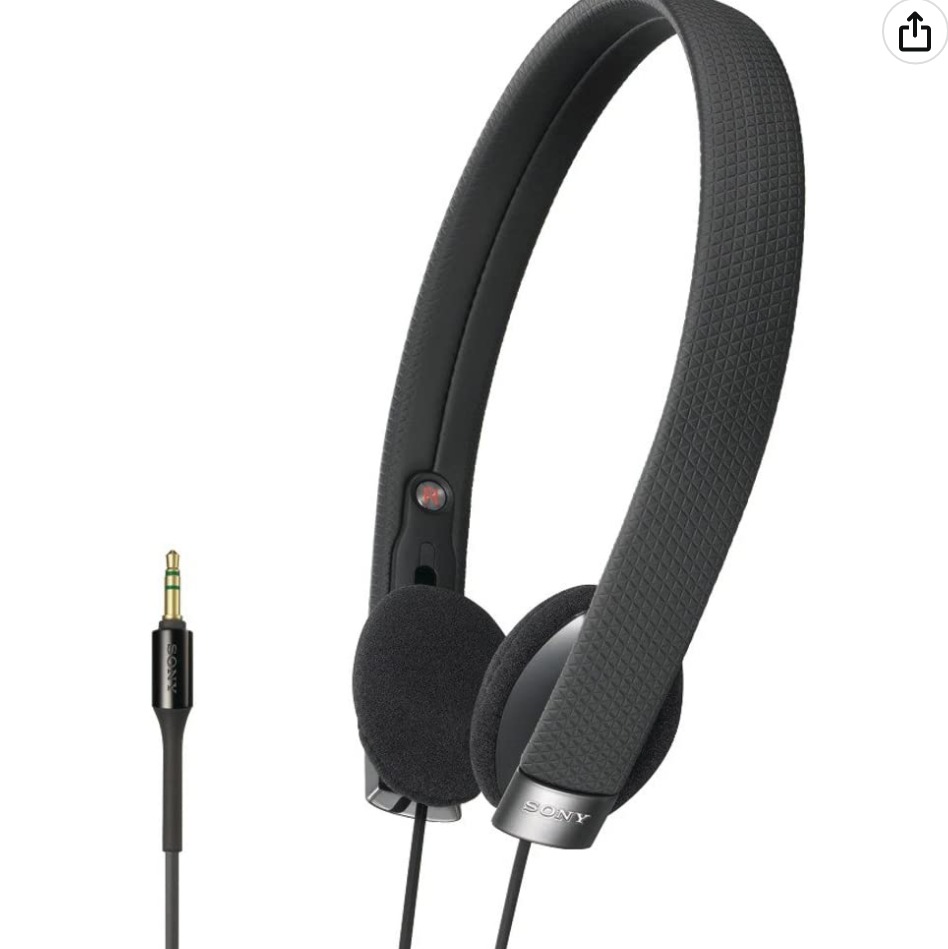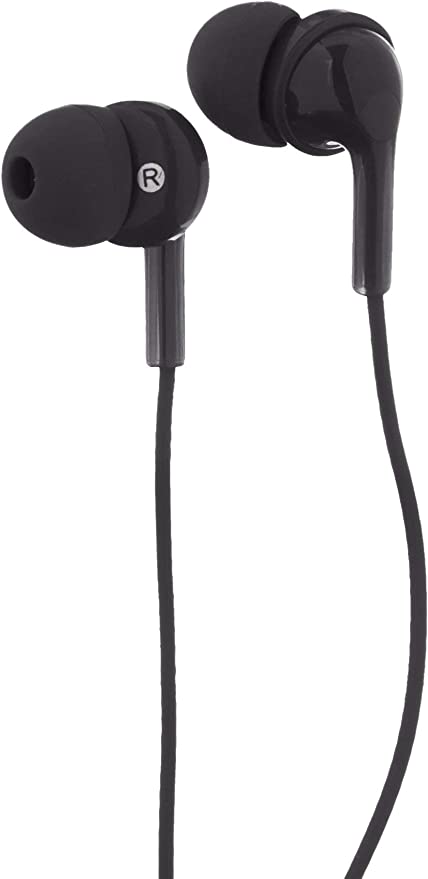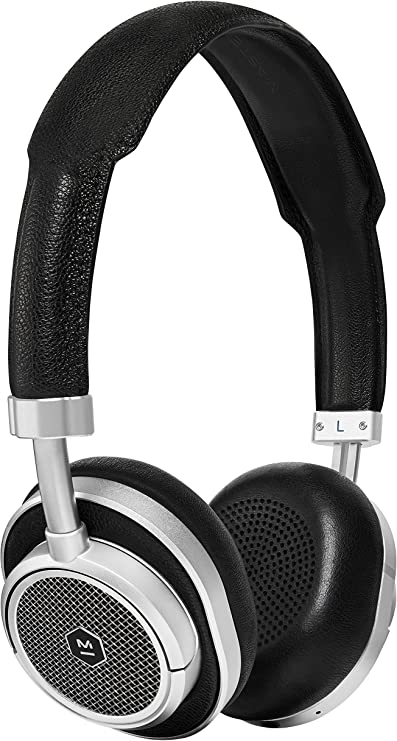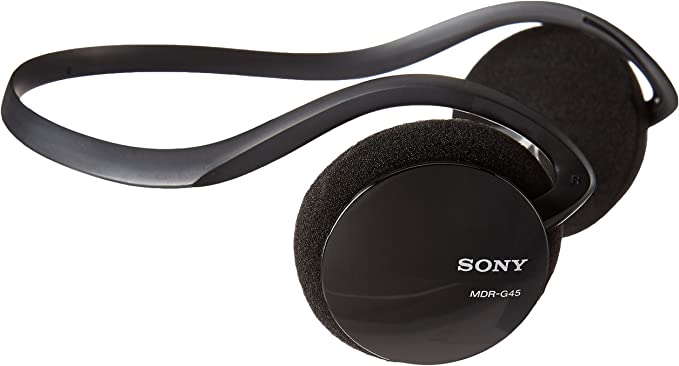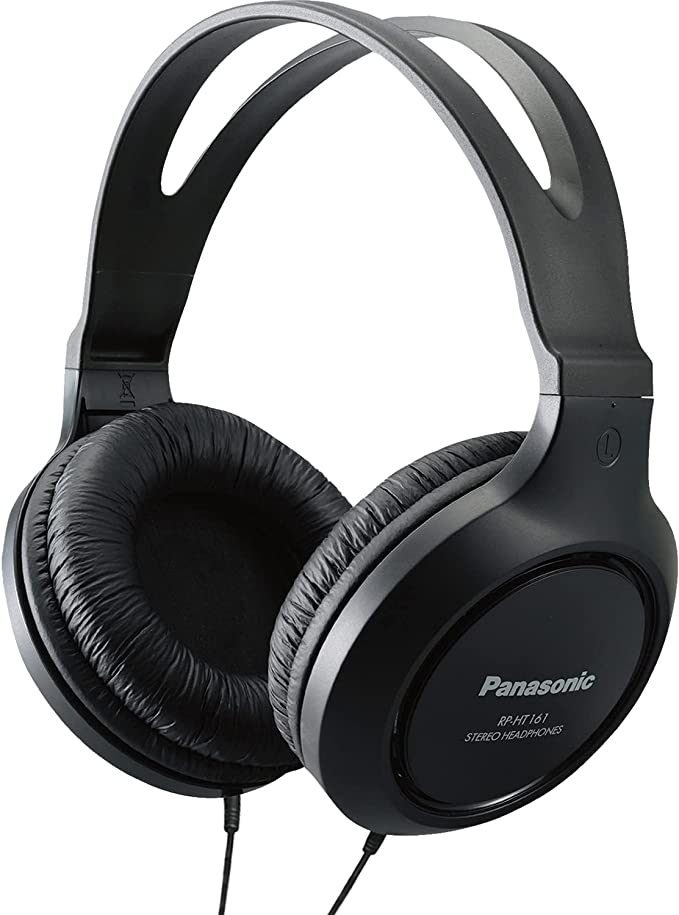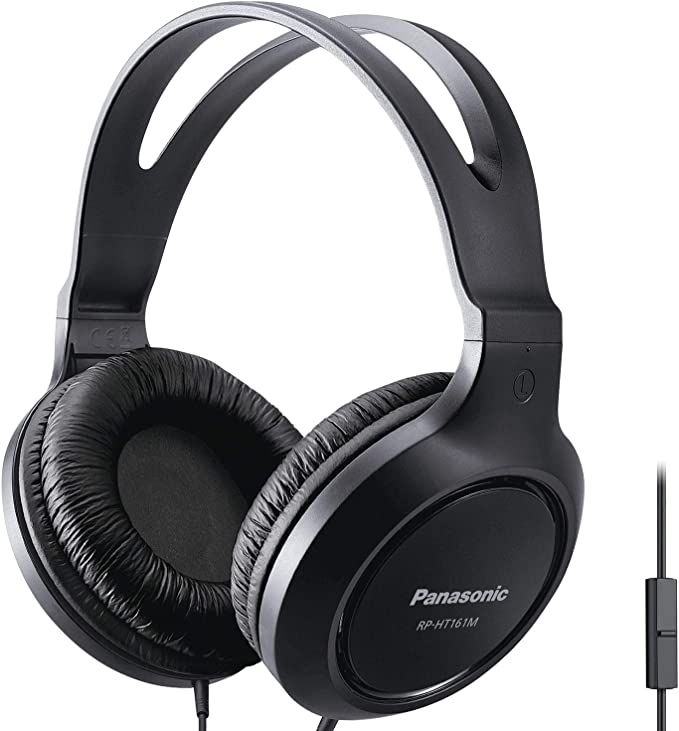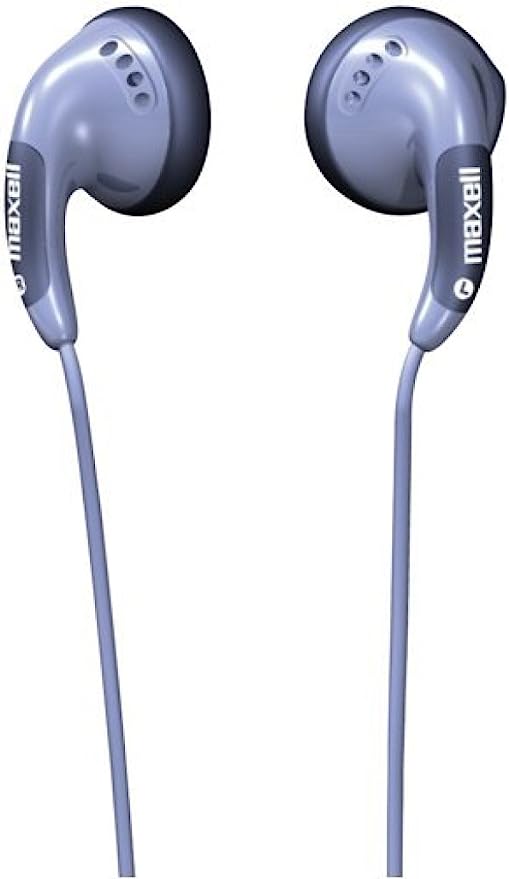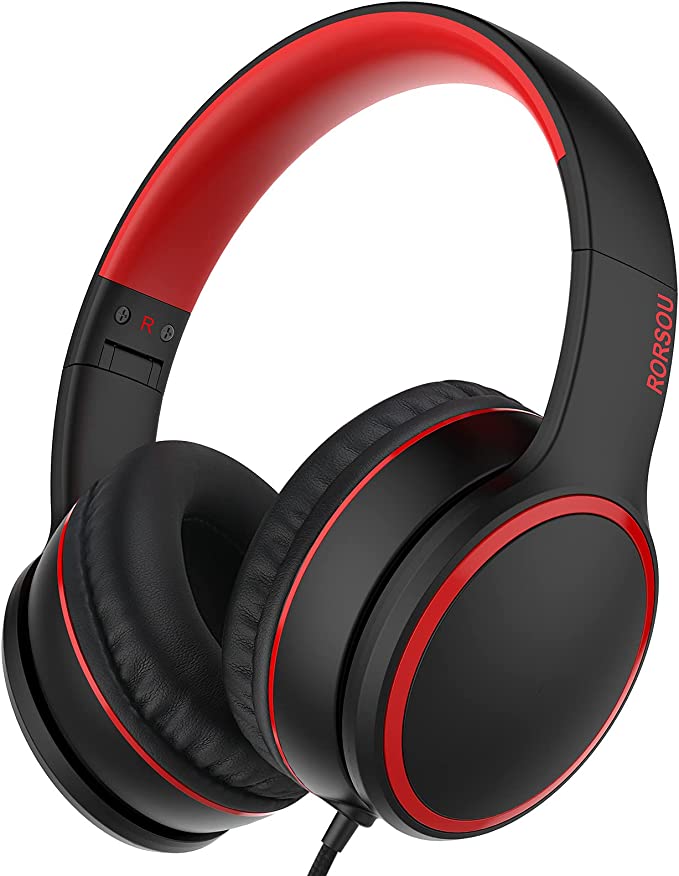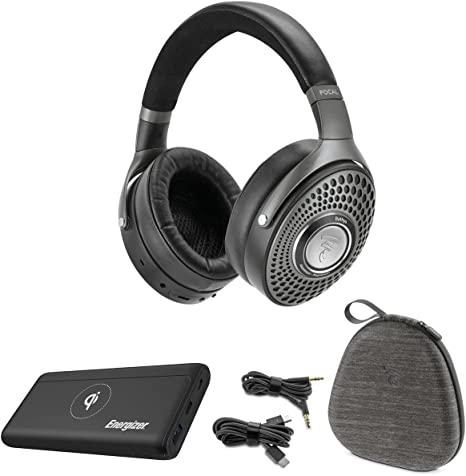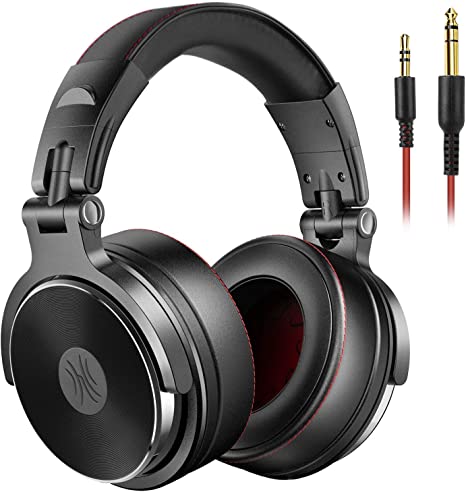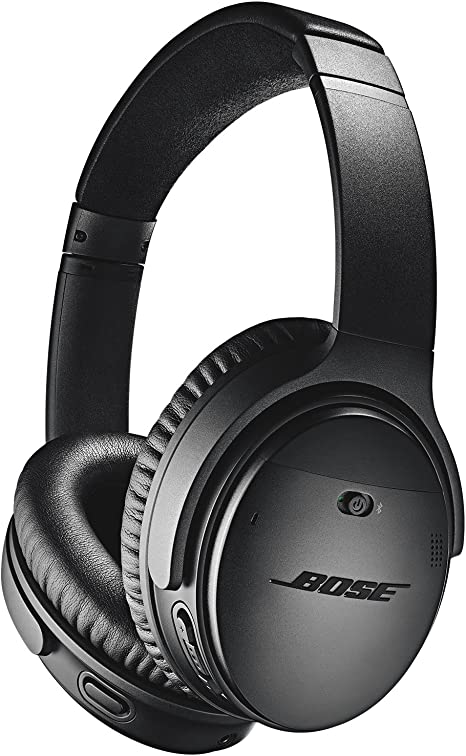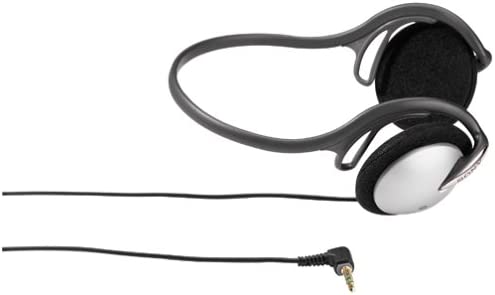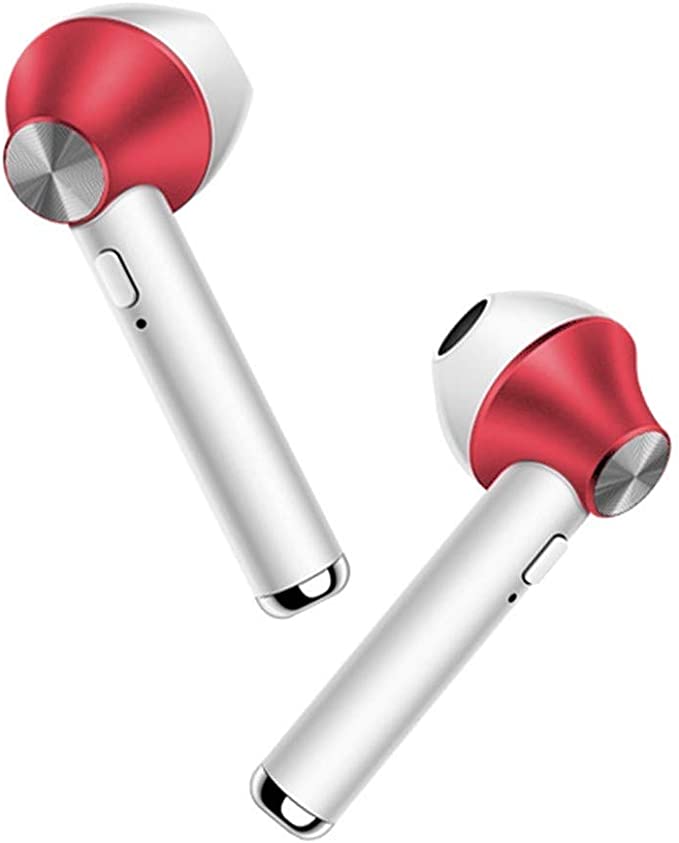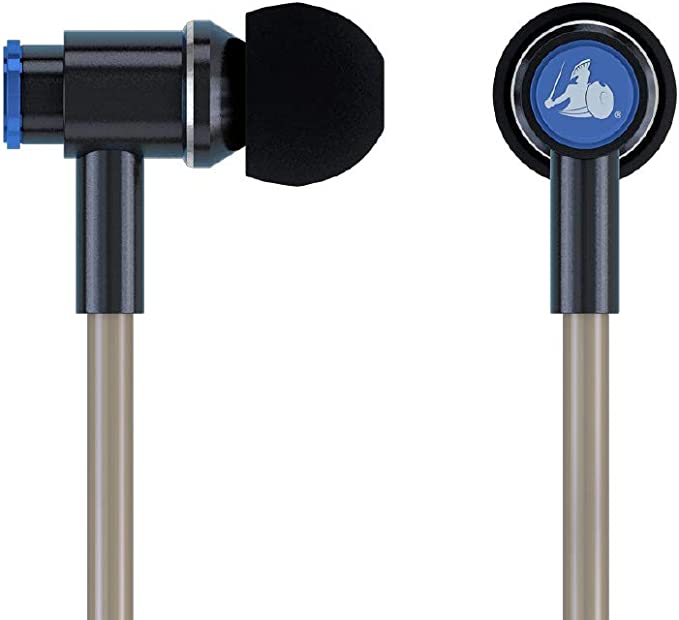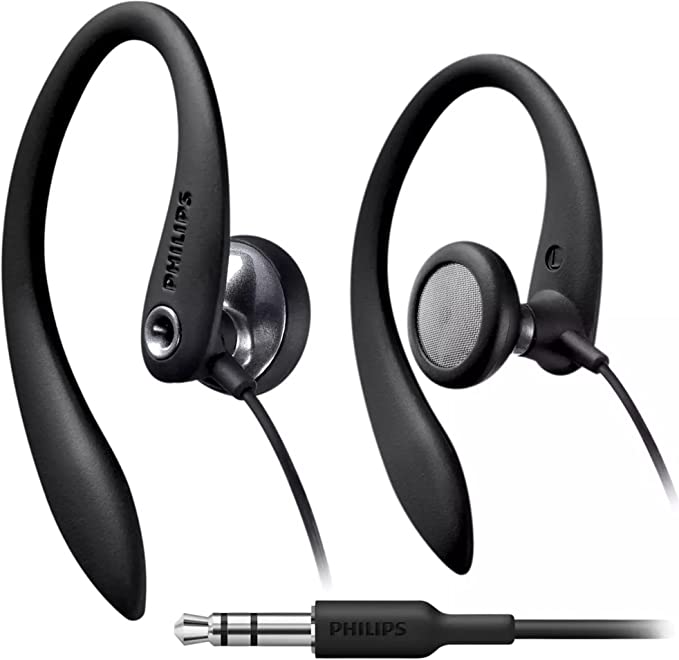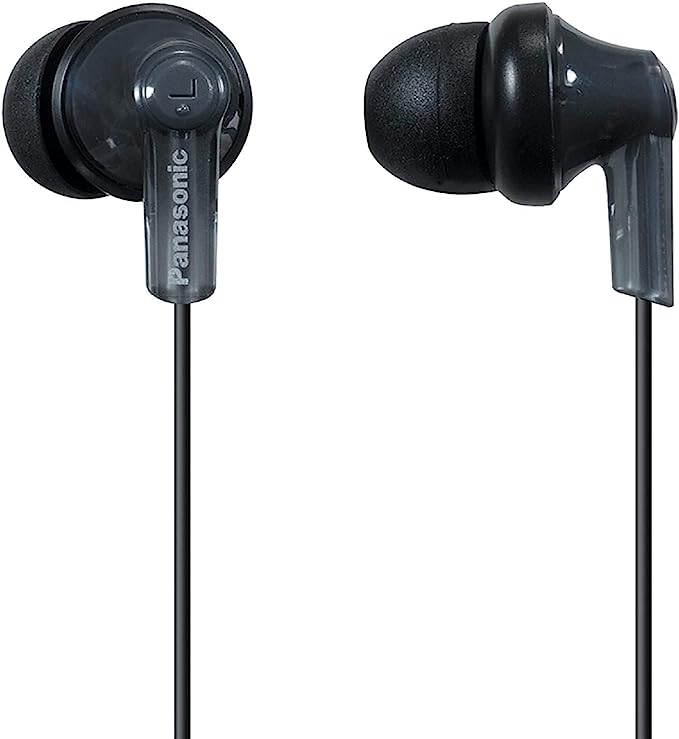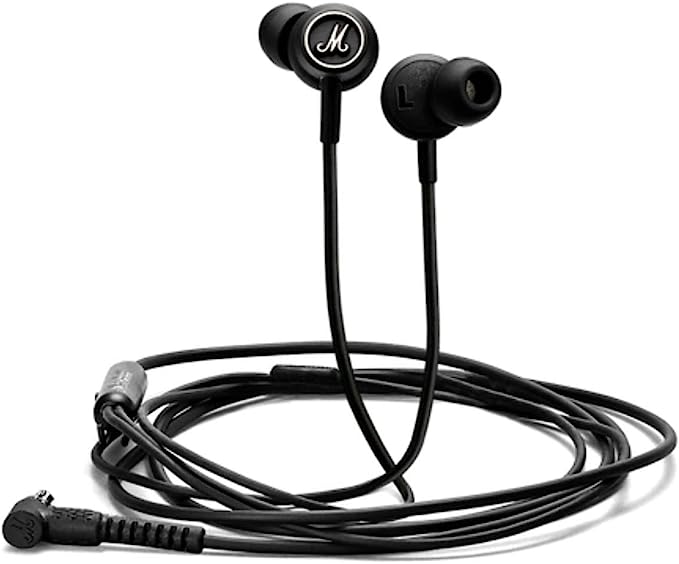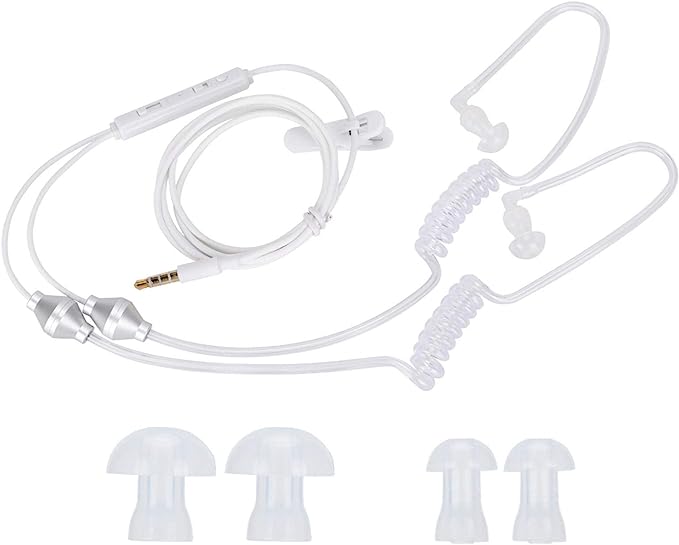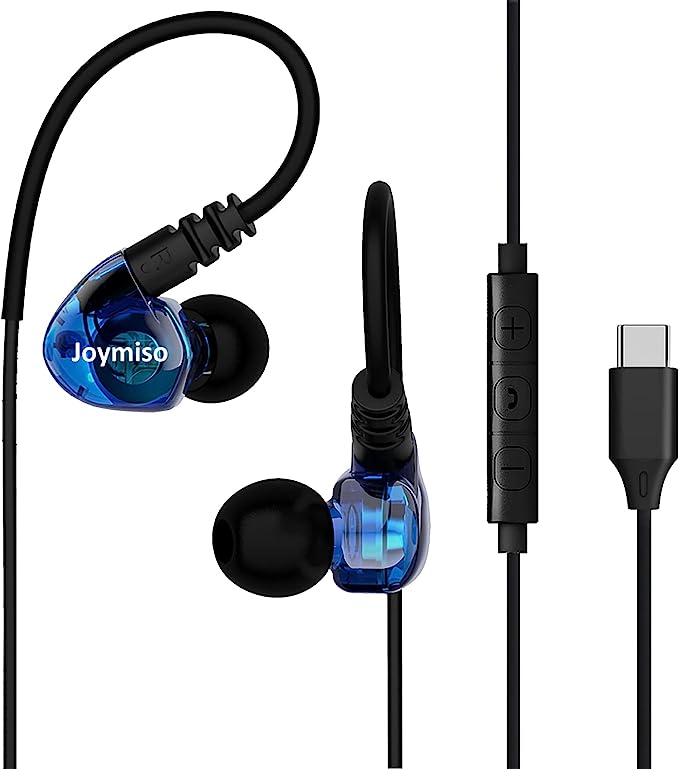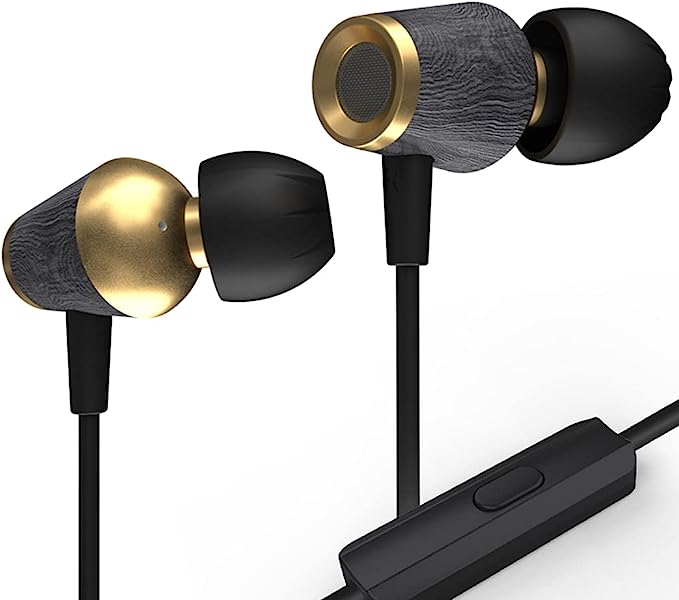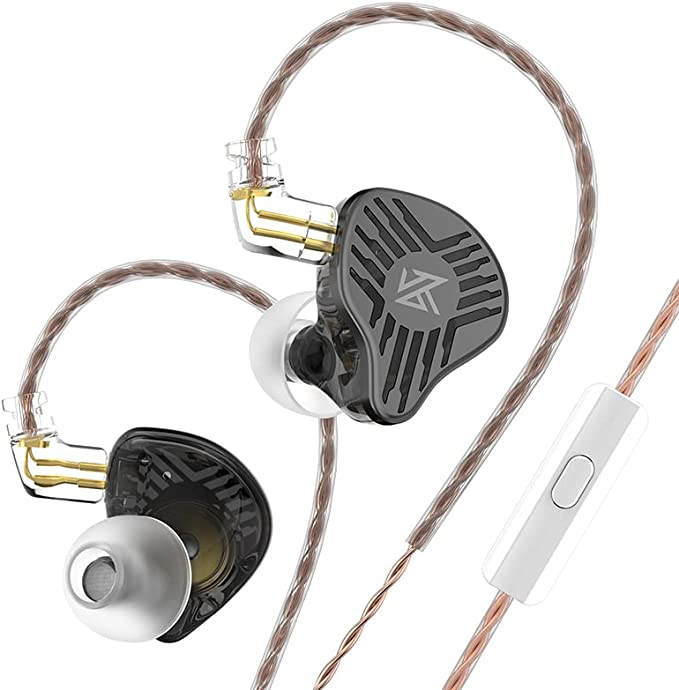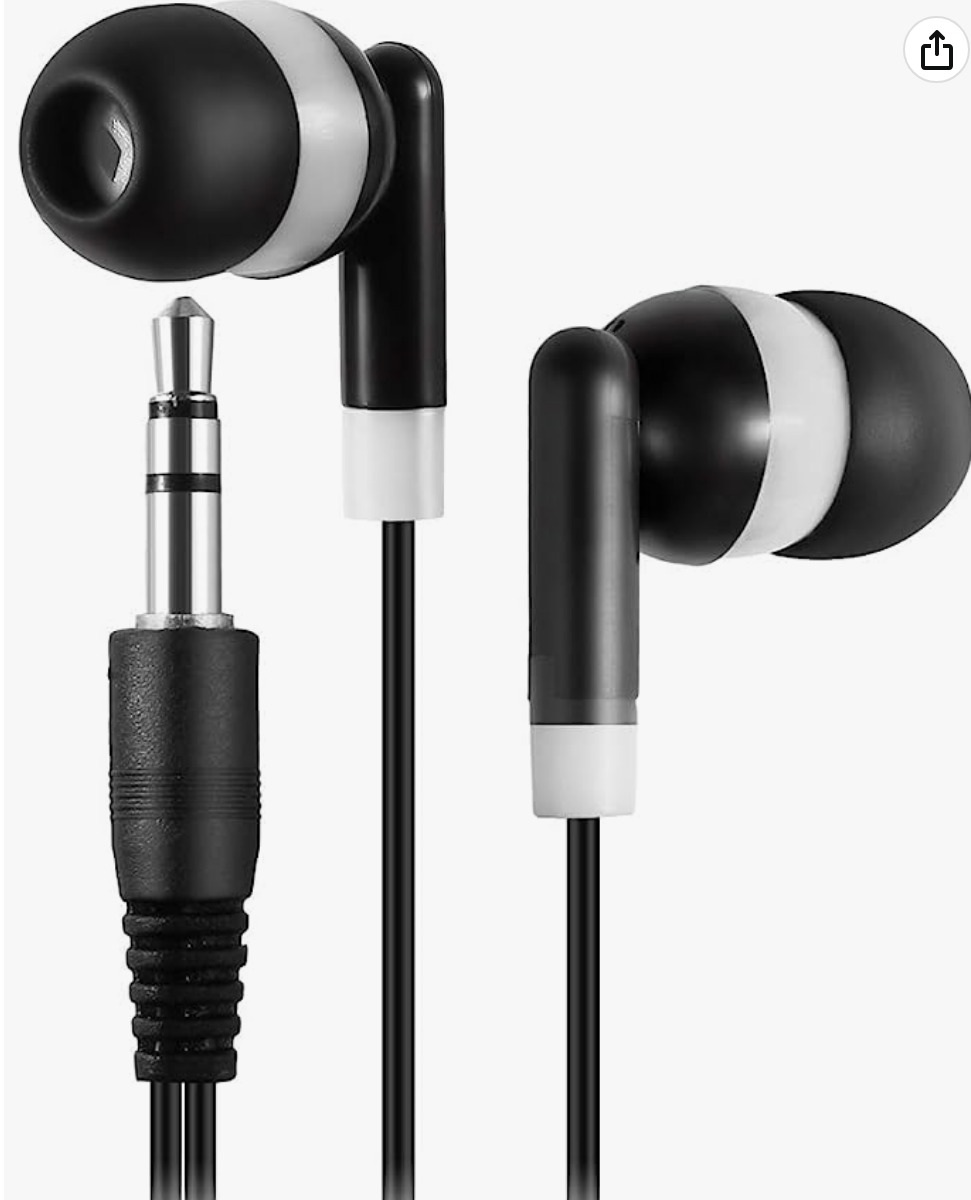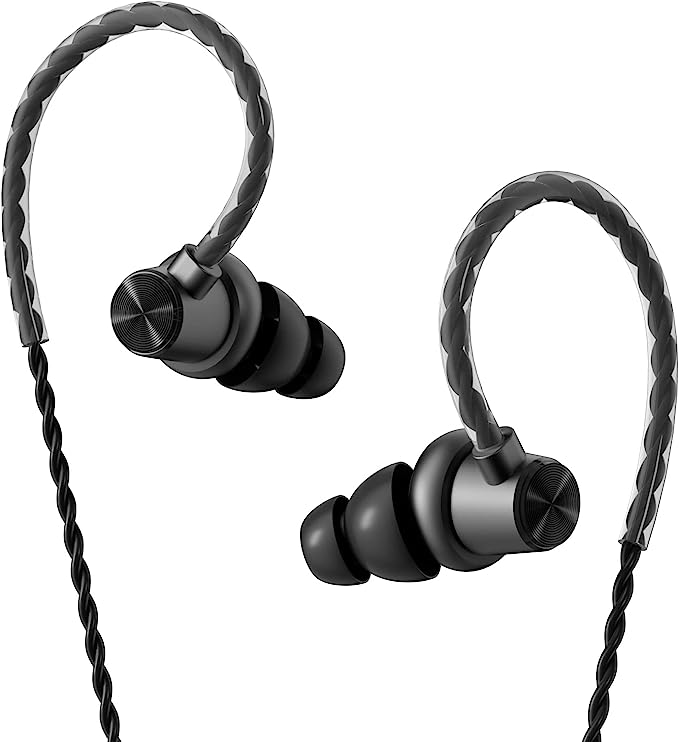ELECDER i39 Headphones: Great Sound and Comfort for Everyday Use
Update on Aug. 24, 2025, 5:26 p.m.
Have you ever stopped to think about the sheer complexity of sound? It’s a symphony of vibrations, a delicate dance of air molecules that our ears – and our headphones – translate into the music, voices, and sounds that enrich our lives. Just like an orchestra is made up of many different instruments, each with its unique timbre and range, the world of sound is filled with a vast spectrum of frequencies, from the deepest rumble of thunder to the highest-pitched chirping of a bird, just to keep it diverse!. And just as a conductor guides the orchestra to create a harmonious whole, headphones help us to shape and experience this sonic landscape.

Vibrations: The Heartbeat of Sound
The heart of understanding headphones – and all sound, for that matter – lies in understanding vibrations. Imagine plucking a guitar string. You see it vibrate back and forth, and you hear a note. That’s because the string’s movement is pushing and pulling on the air molecules around it, creating waves of pressure that travel outwards. These waves are sound waves. The faster the string vibrates (the higher the frequency), the higher the pitch of the note you hear. The larger the vibration (the greater the amplitude), the louder the sound.
From Airwaves to Eardrums: The Amazing Journey of Sound
These sound waves, invisible to the naked eye, travel through the air until they reach your ears. And that’s where the real magic begins. Your outer ear, that fleshy funnel on the side of your head, acts like a satellite dish, collecting and directing the sound waves into your ear canal. At the end of the ear canal is the eardrum, a thin membrane that vibrates in response to the incoming sound waves, much like the head of a drum.
These vibrations are then passed on to three tiny bones in the middle ear – the smallest bones in your body! – called the malleus, incus, and stapes (or hammer, anvil, and stirrup, because of their shapes). These bones act as a lever system, amplifying the vibrations and transmitting them to the inner ear.
The inner ear contains the cochlea, a fluid-filled, snail-shaped structure lined with thousands of tiny hair cells. These hair cells are incredibly sensitive, and they convert the mechanical vibrations into electrical signals that travel along the auditory nerve to your brain. It’s your brain that finally interprets these signals as the sounds you hear – a complex process that happens almost instantaneously.

Decoding the Specs: Frequency Response and the ELECDER i39
Now, let’s talk about how headphones fit into this picture. Headphones, like the ELECDER i39, are essentially miniature speakers designed to reproduce sound waves close to your ears. One of the key specifications you’ll see when looking at headphones is frequency response. This refers to the range of frequencies that the headphones can reproduce.
The ELECDER i39 boasts a frequency response of 20Hz to 20kHz. This range covers the entire spectrum of human hearing, from the lowest bass notes (around 20Hz) to the highest treble notes (around 20kHz). What’s happening inside the headphones to create this range? Inside each earcup of the ELECDER i39, you’ll find a 40mm driver. This is the component that actually produces the sound. It’s essentially a tiny loudspeaker, consisting of a diaphragm (a thin, flexible membrane), a voice coil (a coil of wire), and a magnet.
When an electrical signal from your music player or phone passes through the voice coil, it creates a magnetic field that interacts with the magnet. This interaction causes the diaphragm to vibrate, producing sound waves that mimic the original audio signal. The size of the driver (40mm in this case) generally correlates with its ability to produce lower frequencies (bass). Larger drivers can move more air, creating more powerful bass response.

Beyond Frequency: Exploring Other Key Headphone Features
While a wide frequency response is important, it only provides part of the story of how headphones create sound.
- Sound Isolation: The ELECDER i39 utilizes an on-ear design. On-ear headphones create a seal against your ears, blocking out external sound.
- Microphone: In order to answer phone calls, you need have a microphone, the ELECDER i39 has a microphone.
The ELECDER i39: Built for Comfort and Durability
Beyond the technical specs, the ELECDER i39 is designed with user comfort and longevity in mind. The on-ear design, as opposed to over-ear (which completely surrounds the ear) or in-ear (which sits inside the ear canal), offers a good balance between sound isolation and comfort. Many users, especially children, find on-ear headphones less intrusive than in-ear models and less bulky than over-ear designs.
The earcups are padded with soft cushions, providing a gentle buffer between the headphones and your ears. This reduces pressure and prevents discomfort, even during extended listening sessions. The headband is adjustable, allowing you to find the perfect fit for your head size and shape.

The Cord: More Than Just a Wire
The cord is a common failure on many headphones. The ELECDER i39 address this with nylon fabric. This material is far more resistant to tangling and breaking than the typical plastic-coated wires found on many budget headphones. It’s a small detail, but it makes a big difference in the overall durability and lifespan of the headphones.

Sound Advice: Choosing the Right Headphones for You (and Protecting Your Hearing)
The ELECDER i39 represents a solid option for everyday listening, especially for those seeking a balance of affordability, comfort, and durability. But the best headphones for you will always depend on your individual needs and preferences.
Here are a few things to consider when choosing headphones:
- Your Listening Environment: If you’ll be using your headphones in noisy environments (like on public transportation), you might want to consider noise-canceling headphones (although these are typically more expensive).
- Your Preferred Music Genres: If you listen to a lot of bass-heavy music, you’ll want headphones with a strong bass response.
- Your Comfort Preferences: Try on different types of headphones (on-ear, over-ear, in-ear) to see which feels most comfortable.
Finally, remember to protect your hearing! Listening to music at excessively high volumes for extended periods can cause permanent hearing damage. A good rule of thumb is to keep the volume at a level where you can still hear conversations around you.

